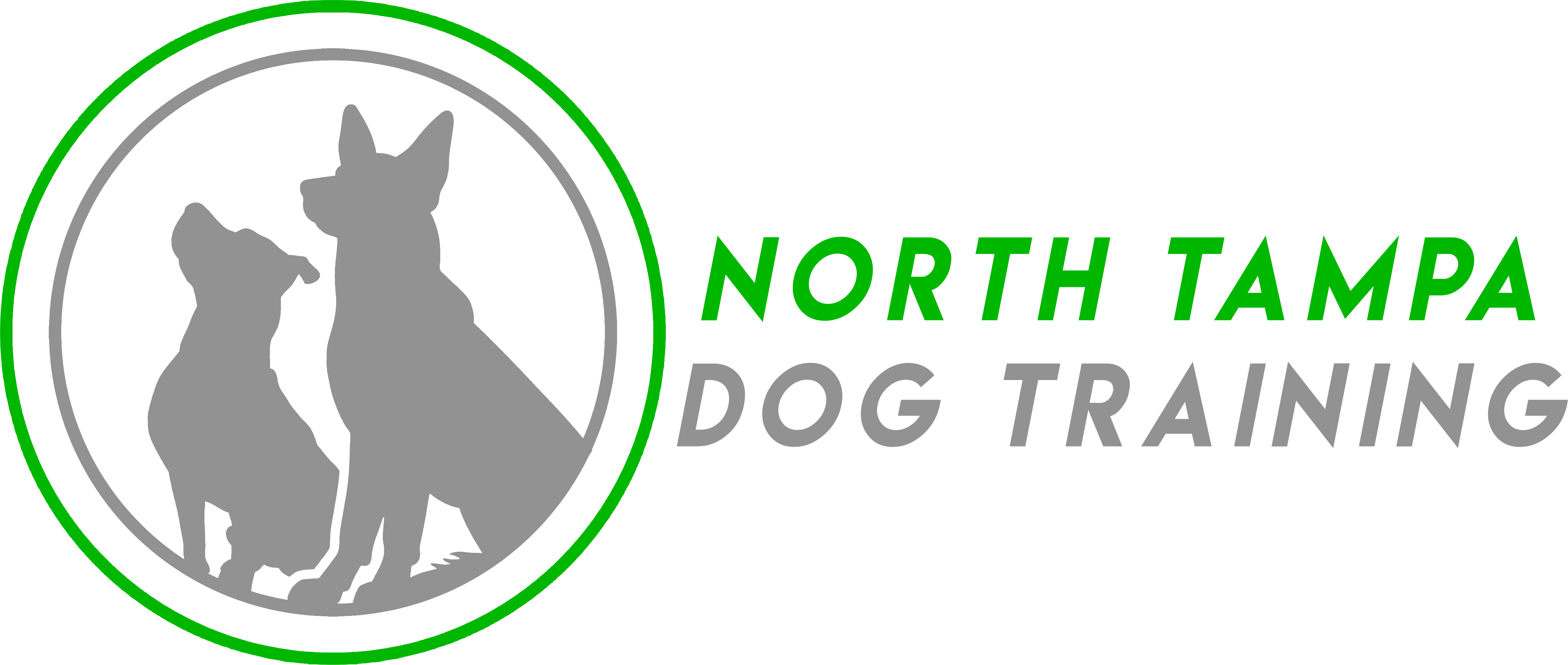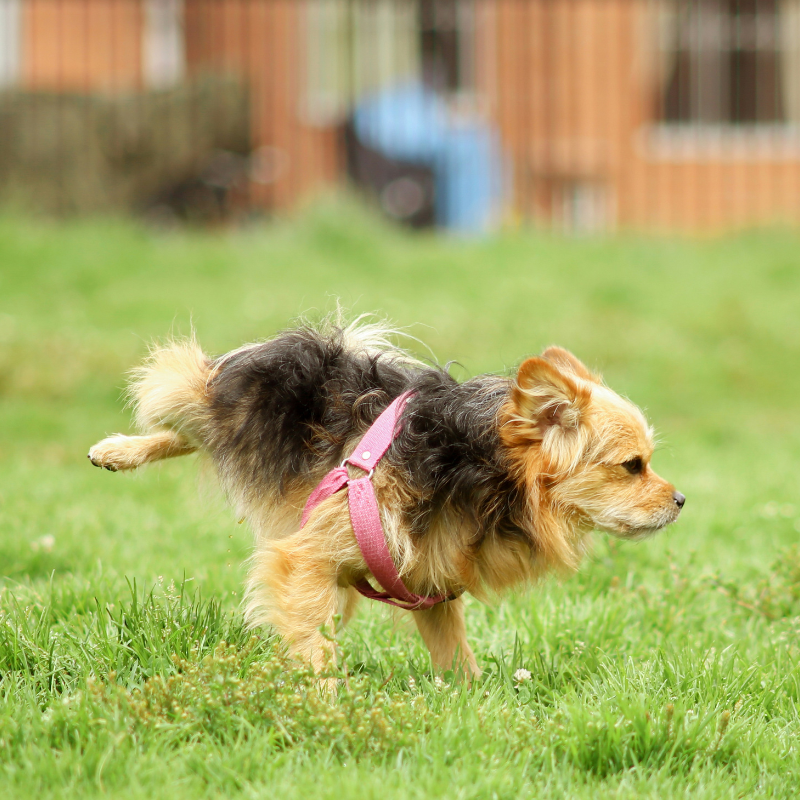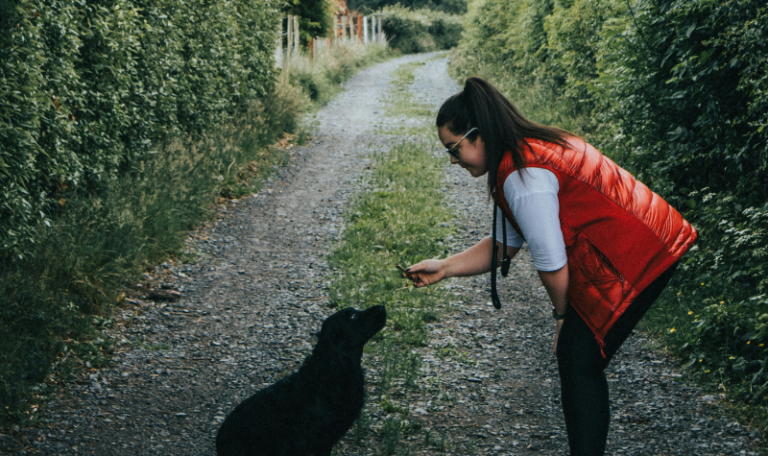Training a dog is a journey filled with challenges and rewarding moments that shape both the pet and the owner. With a focus on Dog Board and Train in Tarpon Springs programs and insights drawn from years of extensive experience, we’ll explore ten common dog behavior issues, providing effective techniques, proven methods, and valuable professional tips for each. Whether through in-home sessions or a structured Dog Board and Train program in Tarpon Springs, addressing these behaviors can transform daily interactions, reduce stress, and foster a more harmonious relationship with your beloved pet.
1. Excessive Barking
One of the most common complaints among dog owners is excessive barking. As mentioned in the blog, “Dog Training Tips: Answering Common Questions on Dog Behavior”, barking is a natural behavior. However, if it becomes too frequent or disruptive, it can signify underlying issues such as boredom, anxiety, or a desire for attention.
- Identify the Cause: Barking can stem from anxiety, excitement, or territorial instincts. Identifying the root helps you tailor the solution.
- Training Techniques: Teach a “Quiet” command, as suggested in the blog, to help your dog calm down and understand when to stop barking. Avoid reinforcing the barking by rewarding quiet behavior with treats and praise.
- Positive Reinforcement: As highlighted in “The Importance of Positive Reinforcement in Dog Training”, rewarding your dog for staying calm and quiet teaches them that this behavior earns positive attention, promoting a quieter environment.
2. Jumping on People
Dogs often jump on people to show excitement, which is endearing to some but uncomfortable for others. The blog, “How to Stop a Dog from Jumping on People”, shares ways to redirect this behavior while maintaining the dog’s sociable spirit.
- Grounded Greetings: Dogs respond well to training that encourages them to keep all four paws on the ground when meeting people. Reward them when they sit or stay in place.
- Structured Socialization: Training a dog to understand polite greeting behaviors, like leaning in for petting rather than jumping, is a key to making every encounter enjoyable for everyone involved.
3. Leash Training and Pulling
Leash training can be tricky, especially if a dog hasn’t been trained from a young age. As mentioned in the blog, “What Are the Best Methods for Leash Training a Dog?”, each dog may respond to different approaches.
- Engagement Focus: Training should focus on keeping your dog’s attention on you rather than everything else around. When your dog remains focused, it prevents pulling and strengthens your bond.
- Balanced Reinforcement: Use a mix of positive reinforcement (treats for good behavior) and gentle leash guidance to encourage walking calmly by your side, as highlighted in the blog. A professional trainer can help identify which combination works best for your dog’s temperament.
4. Potty Training Issues
Potty training can be a challenging task, but with a consistent approach, it becomes manageable. In “How to Potty Train a Dog”, strategies are laid out to help build good bathroom habits in your dog.
- Establishing a Routine: Choose a specific spot outdoors for potty breaks and keep the times consistent to help your dog develop a predictable routine.
- Frequent Breaks for Puppies: Puppies, especially small breeds, have small bladders and need more frequent bathroom trips. Patience is key during the initial weeks of training.
5. Chewing on Furniture and Personal Items
Destructive chewing is often an outlet for a dog’s natural instincts, especially during teething stages. As mentioned in “Dog Training Tips: Answering Common Questions on Dog Behavior”, providing a supply of appropriate chew toys helps redirect this behavior.
- Appropriate Chew Outlets: Use toys to fulfill your dog’s urge to chew and provide safe items for them to exercise their jaws.
- Deterrent Sprays and Supervision: Non-toxic sprays can deter dogs from chewing on furniture. When you catch them chewing on something inappropriate, gently redirect them to a chew toy and praise them for making the switch.
6. Stubbornness and Inconsistency
Some dogs can be stubborn, especially if they’re less motivated by treats. The blog, “How to Train a Stubborn Dog to Obey Commands”, emphasizes alternative approaches for effectively communicating with resistant dogs.
- Alternative Rewards: Instead of treats, try using toys or physical affection. Every dog has their “currency,” whether it’s a favorite ball or a good belly rub.
- Consistent Practice: Training requires consistency to overcome stubbornness. A structured Board and Train program can be particularly helpful, providing uninterrupted focus in a controlled environment.

7. Separation Anxiety
Dogs with separation anxiety may become destructive, vocal, or stressed when left alone. As discussed in “How to Deal with Separation Anxiety in Dogs“, this behavior often stems from fear of abandonment or attachment issues.
- Safe Spaces: Create a calming, safe area with familiar items to make alone time less stressful.
- Gradual Absences: Start with leaving for short periods and gradually increasing the time away to help your dog adjust.
- Consistency in Schedules: Routines can reduce anxiety, as dogs thrive on predictability. Aim for consistent feeding, exercise, and bedtime schedules.
8. Begging for Food
Begging is often reinforced by inconsistent rules. If you or family members occasionally give in to your dog’s begging, it’s harder to eliminate the habit. As mentioned in “Dog Training Tips: Answering Common Questions on Dog Behavior”, consistency is essential.
- Designate Boundaries: If you prefer your dog not to beg, set a specific area where they should stay during mealtimes, rewarding them for staying put.
- “Go to Place” Command: Teach your dog to go to a designated spot away from the table and reward them after meals for following the rule.
9. The Importance of Positive Reinforcement
Positive reinforcement is foundational for creating a willing and motivated dog. As highlighted in “The Importance of Positive Reinforcement in Dog Training”, this method rewards good behavior and builds a bond based on trust rather than fear.
- Varied Rewards: Dogs respond well to varied rewards like toys, treats, and praise. Rotate between them to keep training fresh and enjoyable.
- Clear and Immediate Rewards: Make sure rewards are given immediately after the correct behavior, as this reinforces the association more effectively.
10. Consistency in Training
Maintaining consistency is essential for success in dog training. As mentioned in “How to Maintain Consistency in Obedience Training at Home”, integrating training into daily life can enhance effectiveness.
- Everyday Opportunities: Incorporate commands during regular activities, such as asking your dog to sit before meals or to stay calm when guests arrive.
- Gradual Progression: Start with simple commands in low-distraction areas, gradually progressing to busier locations. This helps generalize commands so your dog obeys in a variety of environments.
The Value of Dog Board and Train Programs
For dogs with persistent issues, a Dog Board and Train program in Tarpon Springs can be highly beneficial. Such programs provide intensive, structured training in a controlled environment, allowing dogs to receive consistent guidance and practice. As highlighted in “How Long Does it Take to See Results from Dog Training Sessions?”, results vary based on frequency and consistency, but these programs offer a solid foundation for quicker progress.
Summary: Key Takeaways for Resolving Common Dog Behavior Problems
Addressing common dog behavior problems takes patience, consistency, and a tailored approach to your pet’s unique personality and needs. Understanding the motivation behind behaviors like excessive barking, jumping, or separation anxiety can be the first step toward effective solutions. For barking, techniques such as positive reinforcement and the “Quiet” command help build a quiet and calm environment. Encouraging grounded greetings for dogs prone to jumping teaches respect for personal boundaries, making social interactions enjoyable for everyone involved.
Leash training and managing pulling behaviors are most successful when engagement-focused methods are used, ensuring your dog’s attention stays on you. Likewise, building reliable potty training routines can prevent accidents by teaching dogs predictable schedules. For stubborn dogs, a blend of alternative rewards and a structured routine can be effective, especially in controlled environments like a Board and Train program.
With separation anxiety, creating a safe space and a calm routine can help a dog feel more secure when left alone. Similarly, addressing begging for food through clear boundaries and consistency reinforces a dog’s understanding of mealtime rules.
Across all areas of training, positive reinforcement stands out as a foundation for developing trust and respect. When dogs associate commands and behaviors with rewarding outcomes, they’re more likely to adopt good habits. Finally, maintaining consistency in training across various environments and situations helps solidify these learned behaviors. For lasting results, professional trainers can provide specialized guidance tailored to your dog’s unique needs, ensuring a well-rounded, rewarding experience.
Professional Guidance and Long-Term Benefits: Addressing these dog behavior problems effectively can deepen your bond and create a more harmonious household. Each dog has unique needs, and the guidance of a professional trainer can provide tailored strategies, especially for complex issues like separation anxiety or stubbornness.
For expert guidance from a dog trainer in Tarpon Springs, reach out to us who understand the nuances of dog behavior. Contact us today to take the first step toward a happier, well-trained dog!


